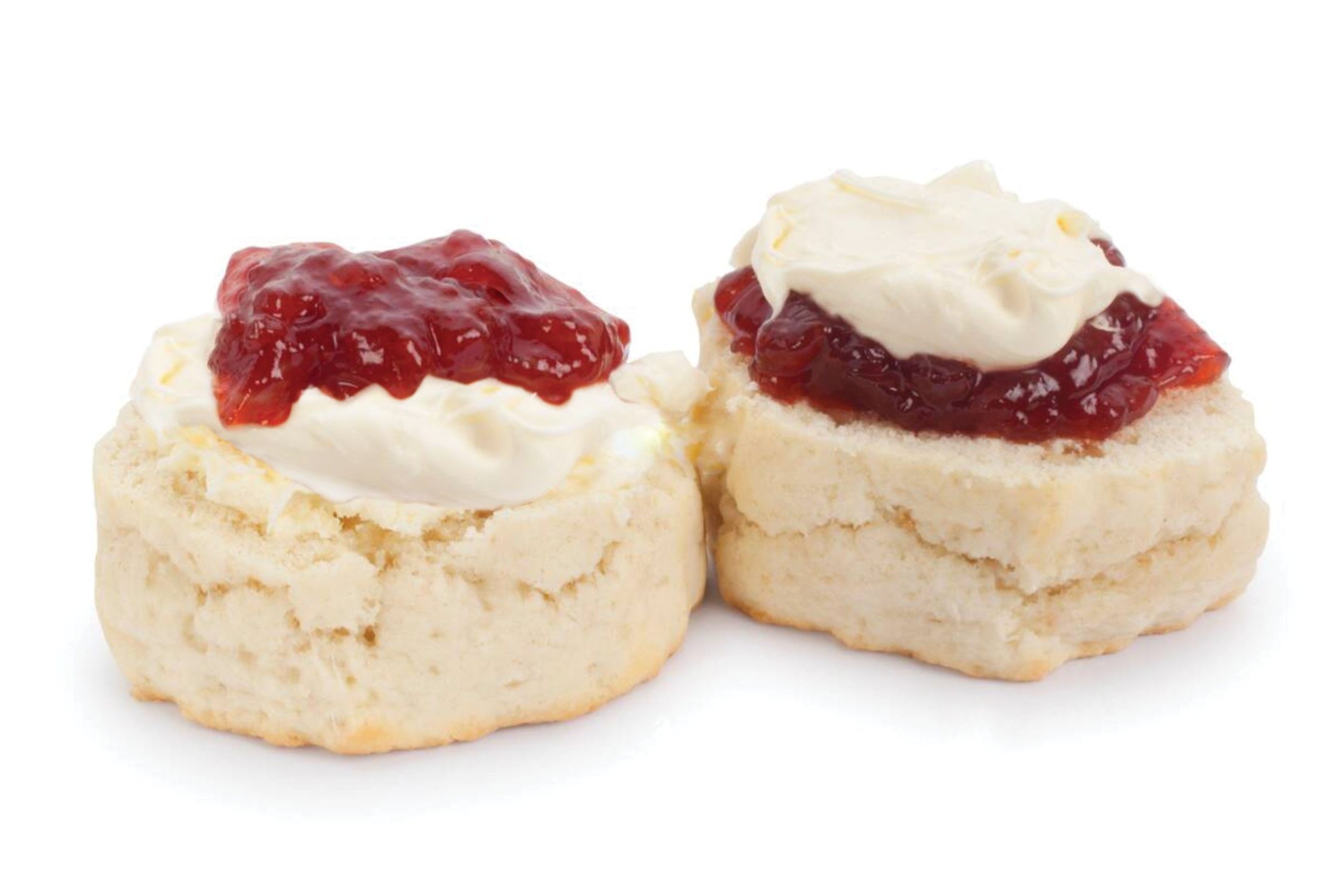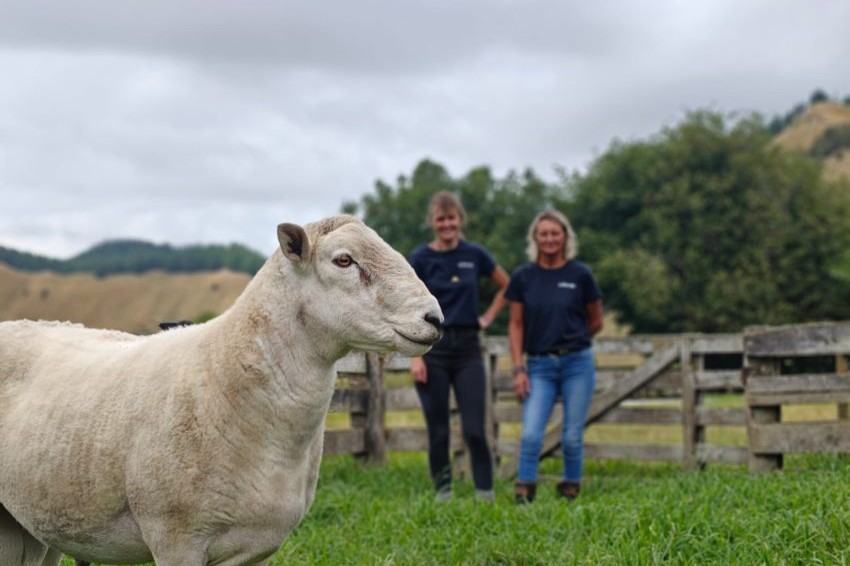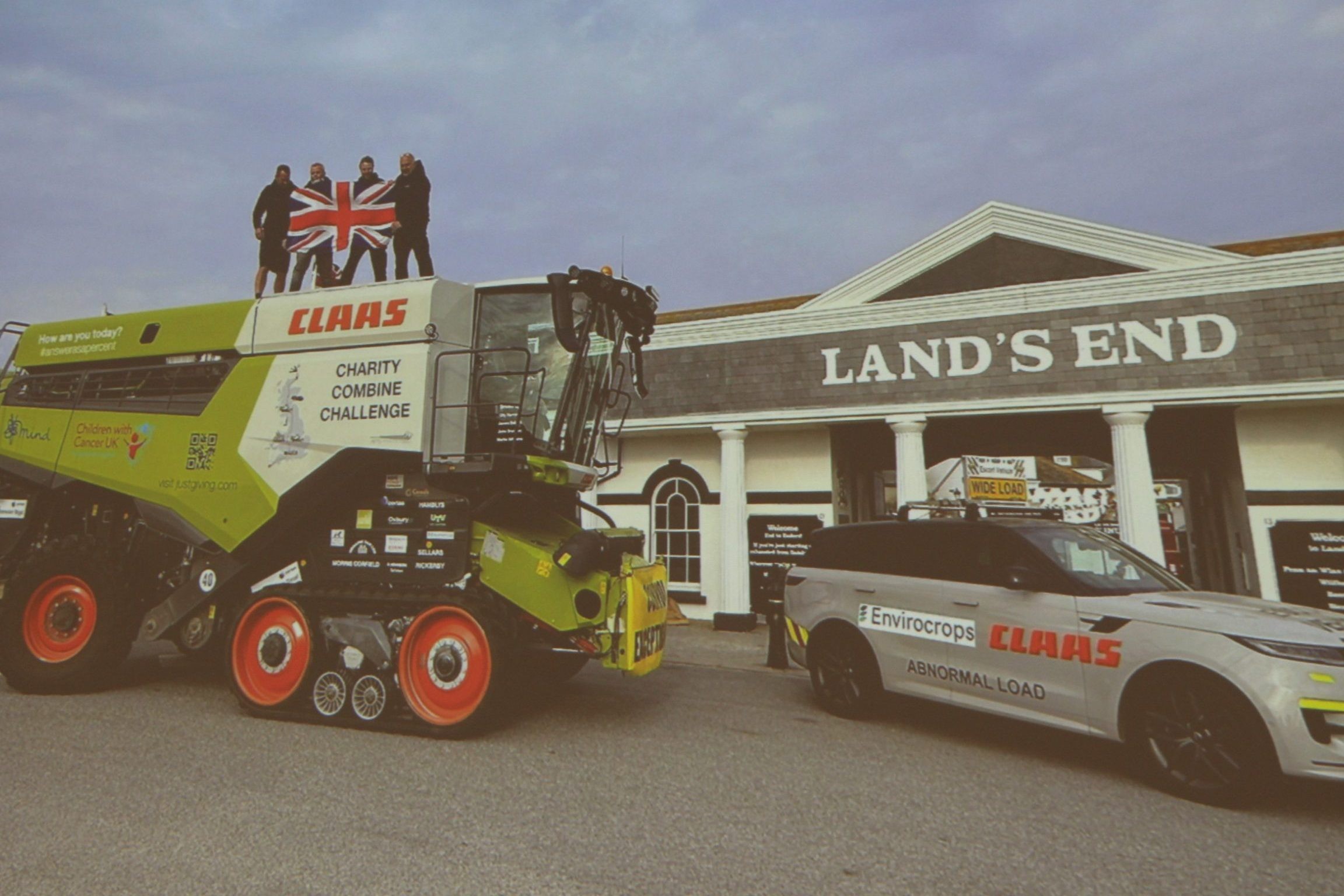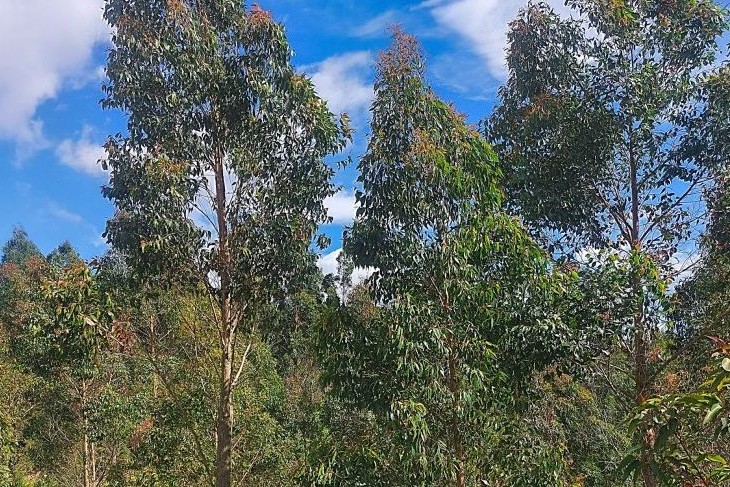Scones – cream or jam first?
When it comes to the way we do things, Mark Chamberlain observes that people who care and have empathy for their livestock also do the same for their staff.

A great conversation starter I have is whether it is cream or jam first on a freshly baked scone. Battle lines are very quickly drawn, no quarter is given, and opinions are firmly entrenched.
For most it’s due to one simple reason: “That’s the way Mum always did it.” Now I hate to generalise (but for the purposes of this article, I will), the same could be said for sheep farming in Southland in the early 1990s… “That’s the way Dad always did it.”
I often tell my children that one of the most powerful things you can do in life is to tell your brain to change. It gets deep quick fast when you point out to them that the brain actually named itself. But keeping it simple, it’s really about having an open mind to new ideas.
Those who can remember will recall sheep farming was sleepwalking its way from the nightmare that was the financially crippling and soul-destroying 1980s. Farmers were rightly or wrongly trying to farm by not spending money.
Farms that were suffering from a lack of inputs, while also still carrying too many mouths to feed, quite often had grass cover resembling a billiard table.
In the 1990s, we experienced an arrival, en masse, of a group that could be best described as bold, brash, cocky, dairy cockies – from the North Island to the Deep South. They brought with them a ton of can-do attitude to a predominantly conservative, sleepy, sheepy, Southland.
The first lesson for the trusting Southerners was that perhaps a handshake was not always the best way to do a deal.
I’ll be charitable and say sometimes important stuff got lost (or forgotten) in translation. It certainly helped to have a few of the details written down and signed for future reference. Just saying.
After a while, some sheep cockies cottoned on to the fact that the local dairy farmer coming in and luxing up all your toppings for free wasn’t him just doing you a favour; in fact it was quite the opposite. With the realisation that these kilograms of drymatter actually carried value, and could be invoiced, it was game on.
Early innovators quickly realised the opportunities and adapted. They might not have been throwing out the farming manual that Grandad and Dad had written, but they sure as heck rewrote parts of it. The creation of consistent and genuine surpluses of feed that could be sold, rather than an occasional accidental one, not only provided a much-needed income strand but also created ongoing relationships that were mutually beneficial.
These farmers who told their brains to change, soon discovered cover does grow cover and they would be rewarded for financial input. They then could offer other services such as young stock and winter grazing, while the rest kept farming their billiard tables. Decent monthly incomes and a strong business model then gave confidence for these guys to push forward and buy more land.
Diversification, before it was trendy, was alive and well in Southland.
With a lift in property values farmers had options; some bought shares in dairy units, some went on to full ownership, and some went to Wanaka. But most had directly or indirectly lifted their game by changing the way they thought.
It was not all one-way traffic, with some North Island dairy farmers discovering eventually that it can’t all be business every hour of the day, they needed friends. They needed to be part of the community, and they needed to contribute.
Some did, some didn’t. I encountered a good example of the ‘didn’t’ on a recent trip to North Otago when I ventured into a pocket of dairy farms controlled by a corporate and I was aghast. It was like I had stepped back 25 years, with the housing devoid of any emotion and homeliness, located inches from the dusty tanker track.
This sort of environment results in people only putting up with these conditions for so long, before leaving. It makes the community very transient and, in turn, it has no soul. It simply exists as a money-making venture for somebody, somewhere.
Dairy farmers experienced a lot of winter crop failures in the early years, they almost had a mantra of being in a hurry all the time and this was their Achille’s heel.
Seed bed preparation became secondary to the fact that they could get yet another job ticked off. Sheep farmers were generally more in tune with Mother Nature, rather than a deadline.
Being raised on a sheep farm and later becoming a dairy farmer, I feel qualified to opine that there is one key similarity shared by the best ovine and bovine farmers. They have, without exception, impressive young stock.
It is no fluke that these farmers, and again I’ll generalise, have well-rounded, tidy farms. Their exceptional young stock is clearly a visual cue, or perhaps the result, if you like, of a business that doesn’t take short cuts. Another observation is that whatever side of the boundary fence you stand on, people who care and have empathy for their livestock also do the same for their staff.
And, in case you’re wondering, unless you are a complete neanderthal, it is most definitely cream first, then jam. Because that’s the way my mother always did it. Some things just don’t need changing.
- Mark Chamberlain is a dairy farmer on a sabbatical.




